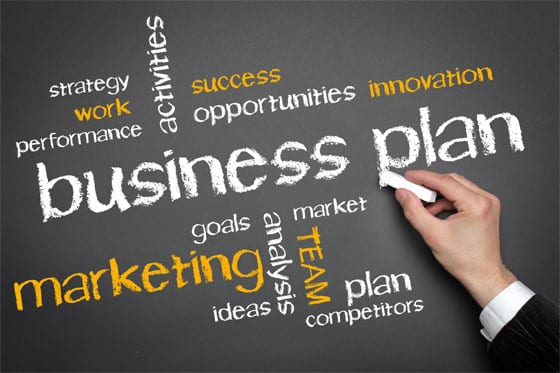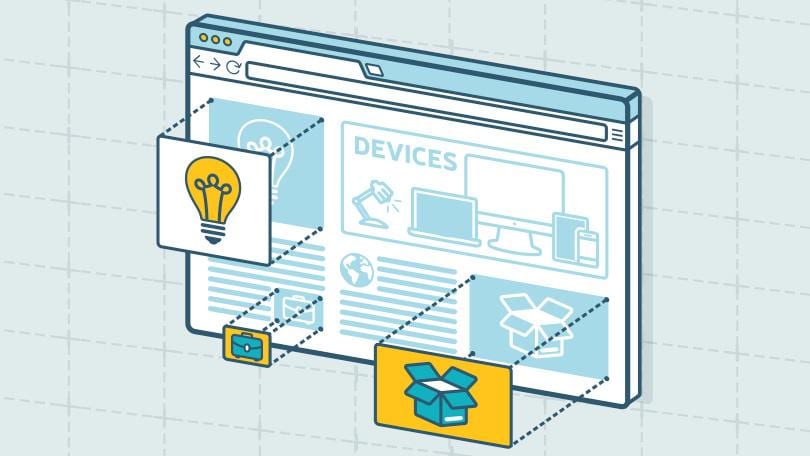How to Develop Performance Measures?

Well, one sure way is by developing the right performance measure.
Organizations often measure employee performance to achieve set goals. Most times, determining how to develop the right Key Performance Measure (KPI) may lead to hassles and failure that might bring unwanted results. However, it is important to develop the KPIs using the right approach as it aids better decision-making, makes employees more responsible for achieving set goals, evaluates the growth of the business better, and manages the employees’ performance better.
Steps to develop performance measures
1.Familiarize with the concept of performance measure/What is KPI?
It is needless to say that the misconception of KPI is a common organizational problem. Organizations need to comprehend what KPI is all about so they can apply it correctly. KPI is not a data collection strategy, nor is it an employee productivity tool.
It is the value of the numeric work input and evidence of the reoccurring performance result. Simply put, KPI refers to the reliable data generated from the efficiency of programs. After a proper understanding of the subject matter, other processes would yield better results.
2. Evaluate the KPI’s Criteria
If your company has existing KPIs, it is advisable to conduct another review on it and select the one that would yield better results based on the performance measurement. However, if you don’t, you should create strategies according to your company’s achievable goals.
The goals must also align with the measures and must be proven to work efficiently, i.e., someone else must have used this plan. The measure must also be understandable, inspirational, and capable of being regularly tracked. Remember to keep the measurements lesser in numbers and detailed.
Your company’s goals should be specific, clear, realistic, and understandable. All this aids an excellent performance measure with meaningful results. Try to make the objectives less action-oriented, vague, and multi-barrelled. Instead, write about intended results with precision, and list your goals separately. Setting up small goals is better for a start.
4. Be Deliberate
While developing your performance measurements, employ the deliberate technique rather than a brainstorming one. Visualize the end, evaluate the potential measures that expose the capability of achieving positive results, and look at the bigger picture. This would allow you to decipher what is being measured and take your stance regardless of the unforeseen circumstances. It should be visible, countable, and measurable.
5. Let your supporters buy-in
Without those who support and understand your performance measure, your KPIs would not get the required attention. To make your KPI meaningful, you have to put them into use. They would fulfill the purpose by building buy-in with those you have been working alongside.
Building buy-in is by creating a measure team and ensuring that they comprehend the problems and how the KPIs work. Also, build an open environment where others can critique and give feedback on the KPIs.
Required characteristics for performance development
Before developing the KPI’s, there are some characteristics an organization should possess; they are:
- Target An organization aiming for success should have some achievable targets within a specific period. The period may be within six months or annually
- Measure The measure and the target work together. Measure here may refer to the number of acquired customers for the various products and services. Set a means to achieve the target.
- Frequency The review of the KPI’s progress should be done regularly. It could be on a monthly or weekly interval depending on the nature of the target
- Data Discover where your data would come from, as this would boost your progress level. Discovering this would prevent a waste of time.
Conclusion
Developing performance measures is an essential business tool to achieve your organizational goals. It also goes a long way to fulfill other organizational needs like setting realistic goals, recognizing employees’ hard work, timing employees through task timer online, and building a supportive team that understands your business challenges. You can try out our opinion on the steps in developing a performance measure, leave questions on where you need clarification, and tell us about your views.
About the Author




 Starting an online business in the present era is no big deal. However, you must not consider it as an effortless job. It would be best if you strategize things perfectly, especially about your resources while planning to open a business online.
Starting an online business in the present era is no big deal. However, you must not consider it as an effortless job. It would be best if you strategize things perfectly, especially about your resources while planning to open a business online. Design a website
Design a website The best way to get the right SEO company is by searching for quotes online. You must know about the package of services they offer and how you have to cooperate with them.
The best way to get the right SEO company is by searching for quotes online. You must know about the package of services they offer and how you have to cooperate with them. Bhavik Soni is a Creative Writer at
Bhavik Soni is a Creative Writer at  Have you ever been a part of a conversation where the other person constantly shuts you out? And they just won’t let you speak! Don’t worry; you’re not the only one. We all have had to go through people dominating conversations through combative listening. It’s not a pretty picture!
Have you ever been a part of a conversation where the other person constantly shuts you out? And they just won’t let you speak! Don’t worry; you’re not the only one. We all have had to go through people dominating conversations through combative listening. It’s not a pretty picture! One of the most profitable types of property to invest in is a holiday rental. These types of properties can generate a large amount of regular income, as well as provide a foreign getaway for you to enjoy from time to time.
One of the most profitable types of property to invest in is a holiday rental. These types of properties can generate a large amount of regular income, as well as provide a foreign getaway for you to enjoy from time to time.